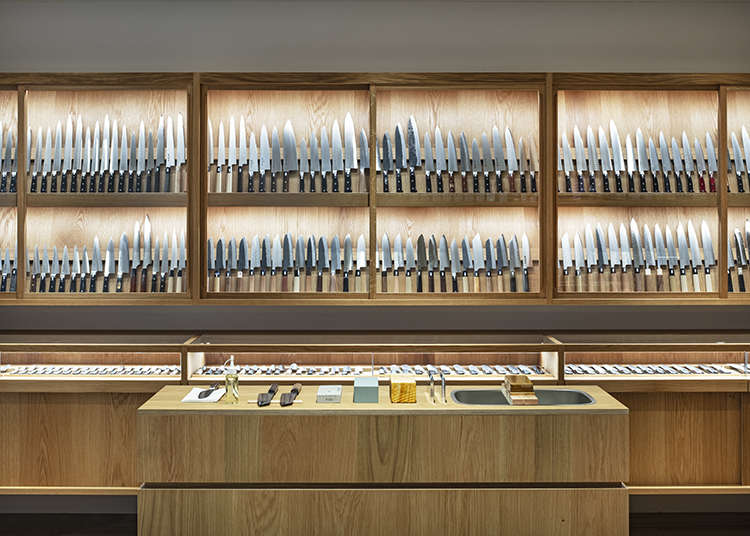
Advice from the Experts at Hitohira: Here's How to Choose the Best Japanese Knife
- Written by: LIVE JAPAN Editor
Thinking of buying a Japanese kitchen knife while in Tokyo? Just a short walk from Sangenjaya Station – and only about 10 minutes from Shibuya by train or taxi – Hitohira is a specialty knife shop in Setagaya where chefs and home cooks from around the globe come to choose their new “cooking partner.”
In this guide, we’ll explore Hitohira’s shop and share essential tips from their experts to help you choose your first Japanese kitchen knife with confidence.
- Table of Contents
-
- About 300 knives on display
- The Santoku knife is the ideal choice for household use!
- Japanese-style or Western-style handle?
- Carbon steel for sharpness or stainless steel for easy maintenance?
- Petty knives: Perfect for a second purchase or a gift!
- Hitohira also offers Deba and Yanagiba knives, along with the traditional Nakiri and Bunka knives!
About 300 knives on display
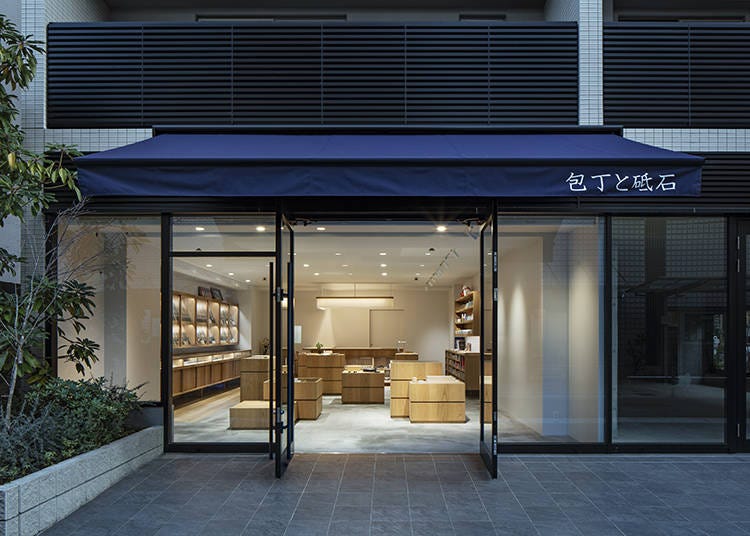
Upon entering the store, you will find over 300 varieties of kitchen knives on display. The owner travels across Japan, consulting with manufacturers and artisans to create these knives, and each blade is thoughtfully crafted by its maker. With proper care, these knives can last 20 to 30 years for everyday use at home. Feel free to take your time selecting the perfect knife during your visit.
The Santoku knife is the ideal choice for household use!
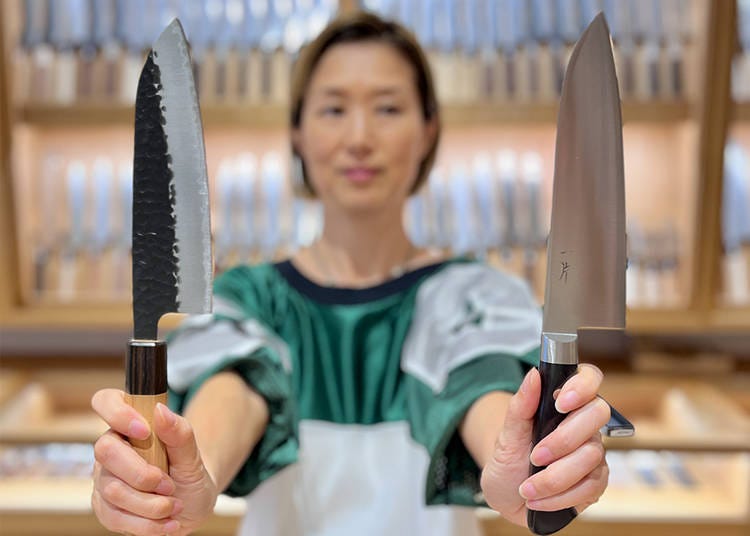
The Santoku knife (“three-use knife”) is so called for its versatility in slicing meat, fish, and vegetables. Today, it is the most widely used all-purpose knife in Japanese households.
The blade typically measures around 16 to 18 cm in length, making it suitable for most cutting boards. Its tip is not very sharp, reducing the risk of chipping. While similar to the chef's knife (or gyuto) commonly used outside of Japan, the Santoku knife features a wider blade and a flatter cutting edge, making it ideal for Japanese home cooking methods, such as chopping green onions into small pieces or slicing them into strips.
For those who frequently use the tip of the knife, a similarly sized chef's knife can serve a comparable purpose.
Japanese-style or Western-style handle?
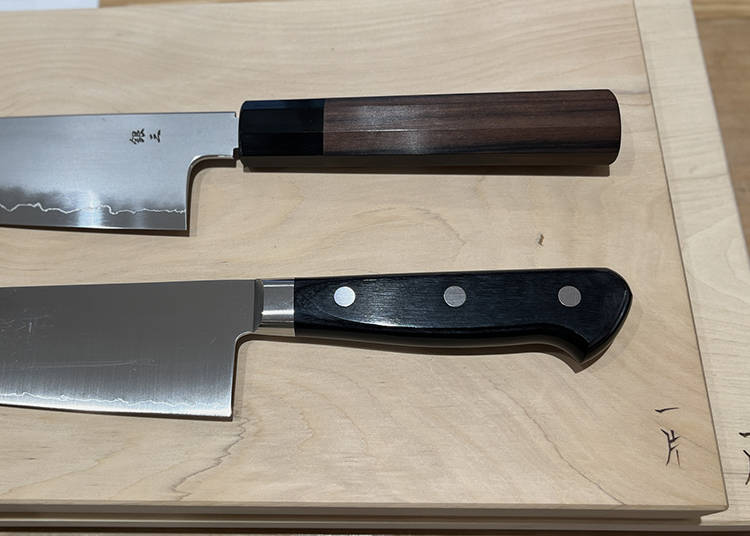
There are two types of kitchen knives produced in Japan: those with Japanese-style handles (shown at the top of the above photo), which have been used in Japan for many years, and those with Western-style handles (shown at the bottom of the above photo), which are more commonly used today.
Western-style handles are heavy and sturdy, while Japanese-style handles are lighter and easier to repair or replace. Some people believe that heavier knives cut better, but if a knife is sharp enough, weight is not a significant factor. Additionally, Japanese-style handles are popular among older individuals who may find heavier knives tiring to hold.
Carbon steel for sharpness or stainless steel for easy maintenance?
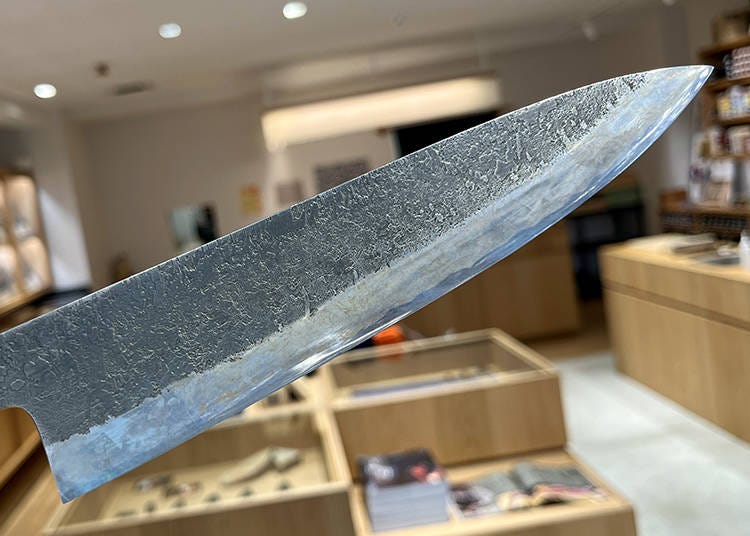
Knife blades can be classified into two types: carbon steel and stainless steel. Many people mistakenly believe that stainless steel knives can't be resharpened, or that carbon steel knives must be sharpened frequently.
Stainless steel is an alloy that contains a rust-resistant element. In the past, many stainless steel knives were initially dull and difficult to resharpen. However, with the development of better materials, high-quality stainless steel knives made today perform well for everyday use. They will resist rusting and dulling as long as they are not exposed to water or dirt for extended periods.
In comparison, carbon steel knives tend to darken to a grayish hue even when used carefully. If left in contact with water or dirt for a prolonged period, they can develop brown rust, as shown in the photo above, which can worsen to an irreparable state.
However, once you become accustomed to cooking with carbon steel knives, you will not be able to let go of them. Their sharpness surpasses that of expensive stainless steel knives by a long shot, and when used with a wooden cutting board, their edge remains sharp for a very long time, allowing you to slice tomatoes effortlessly. The sharpness lasts longer than stainless steel, so regular sharpening is not necessary.
Nonetheless, if rust does form, you will need to polish the blade to remove it. With proper care, your knife will gradually become more resistant to rust, allowing you to enjoy watching the hues change over time. Even today, many chefs who are meticulous about their tools, as well as families experienced with carbon steel knives, continue to use them regularly. As a kitchen knife store, Hitohira highly encourages everyone to give these knives a try.
Petty knives: Perfect for a second purchase or a gift!
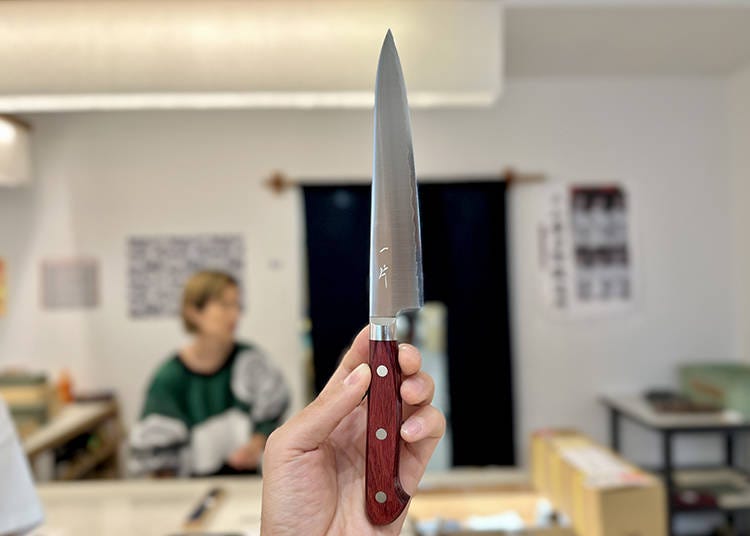
The petty knife gets its name for its small size and is sometimes referred to as a fruit knife in Japan. It has a narrow blade measuring approximately 12 cm to 15 cm in length, making it ideal for precise tasks such as peeling fruit, removing tomato caps, or cutting broccoli.
Many people use this knife to cook breakfast or when their Santoku or chef's knife is out for sharpening. Hitohira’s experts recommend a petty knife to those who already own a Santoku or chef's knife and are seeking a second, easier-to-use knife, or as a gift for someone who may already have a favorite kitchen knife.
Hitohira also offers Deba and Yanagiba knives, along with the traditional Nakiri and Bunka knives!
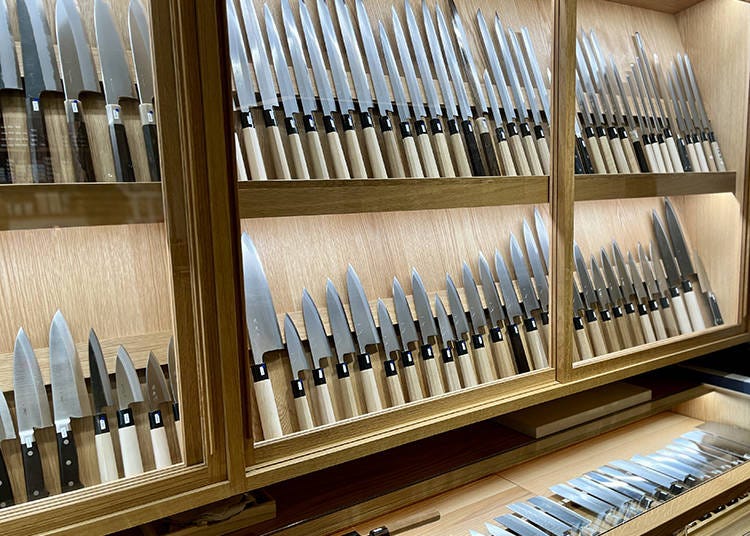
Beyond the knives introduced in this article, Hitohira offers a wide selection in store. While Santoku knives are increasingly known abroad, there are many other knife types you can find at specialty shops like Hirohira while in Japan.
For example,
・Deba: A heavy, single-bevel knife used mainly for filleting whole fish and cutting through small bones.
・Yanagiba: A long, slender knife ideal for slicing raw fish with precision—commonly used for sashimi.
・Nakiri: A straight-edged vegetable knife perfect for clean, downward chopping.
・Bunka: A versatile, multipurpose knife with a pointed tip, great for slicing, dicing, and chopping a variety of ingredients.
Tsuda, who handles knife sharpening, once avoided sashimi but found he could enjoy it after learning to slice it with a quality knife. A well-crafted knife can make cooking not only more enjoyable but also more efficient and flavorful. When you're in the area, why not step inside and find the one that's right for you?
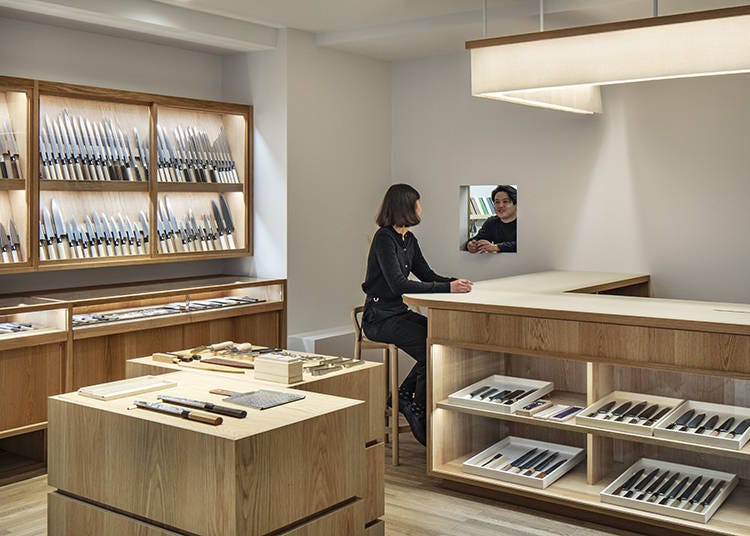
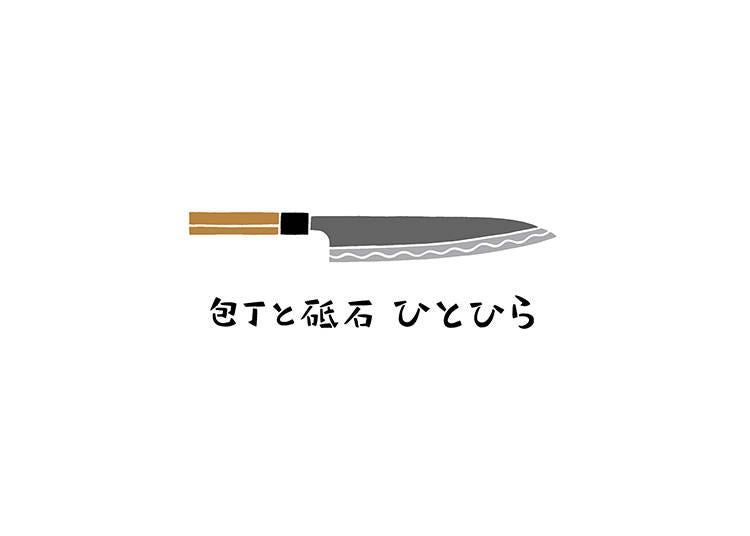
Please see below for store information and hours
-
Coupons

-
Address
2-16-16 Sangenjaya, Setagaya-ku, Tokyo, 154-0024
View Map -
Nearest Station
Shibuya Station (JR Shonan Shinjuku Line / JR Yamanote Line / JR Saikyo Line / Tokyo Metro Ginza Line / Tokyo Metro Hanzomon Line / Tokyo Metro Fukutoshin Line / Tokyu Toyoko Line / Tokyu Den-en-toshi Line / Keio Inokashira Line)
10 minutes by bus
- Phone Number 03-6413-6904
-
Address
2-16-16 Sangenjaya, Setagaya-ku, Tokyo, 154-0024
- Area
- Category
*Prices and options mentioned are subject to change.
*Unless stated otherwise, all prices include tax.
Popular Tours & Activitiess
-

Dining in Yamagata: Must-Try Foods & Top Restaurants Near the Station
by: ShiroKu inc.
-

Niigata Sake no Jin 2026: Guide to Japan's Most Legendary Sake Weekend
-

Smart Ways to Avoid Crowds and Enjoy a Safe, Comfortable Trip to Myoko, Niigata Prefecture.
-

Aomori's Quiet Side in Autumn: 5 Scenic Spots in Hachinohe According to a Local
by: Marco Blasco
-
Ad

Just one stop from Haneda Airport! "Truly Japanese!" Food, Fun, and Knowledge Gather at HICityⓇ Enjoy An Electrifying Night at "Japan Night Fever: Haneda Innovation City"
by: Yohei Kato
-

Shopping in Niigata: 9 Must-Buy Souvenirs & Local Sake to Take Home
by: ShiroKu inc.
Inspiration for Accommodations
-

Enjoy Mt. Fuji from the Comfort of Your Room! Recommended Ryokan with Mt. Fuji View
-

Stay Near the Cherry Blossoms! Hotels for Cherry Blossom Viewing in Tokyo
-

Family-Friendly Hotels with Free Shuttle to Disneyland: Convenient Access for a Magical Stay
-
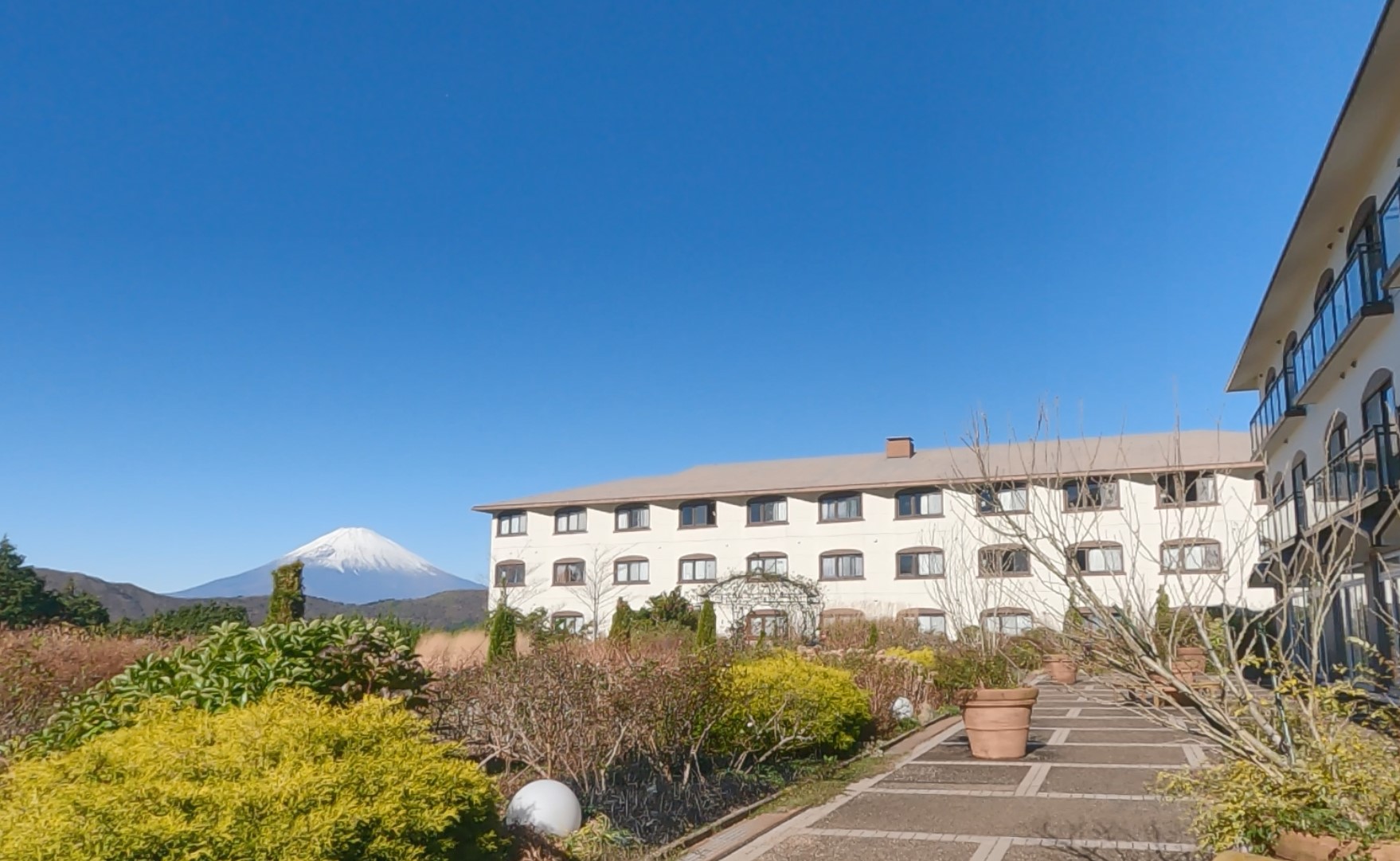
Top Ranked Hakone Hotels with Mt. Fuji View: Enjoy Stunning Scenery from Your Private Space
-
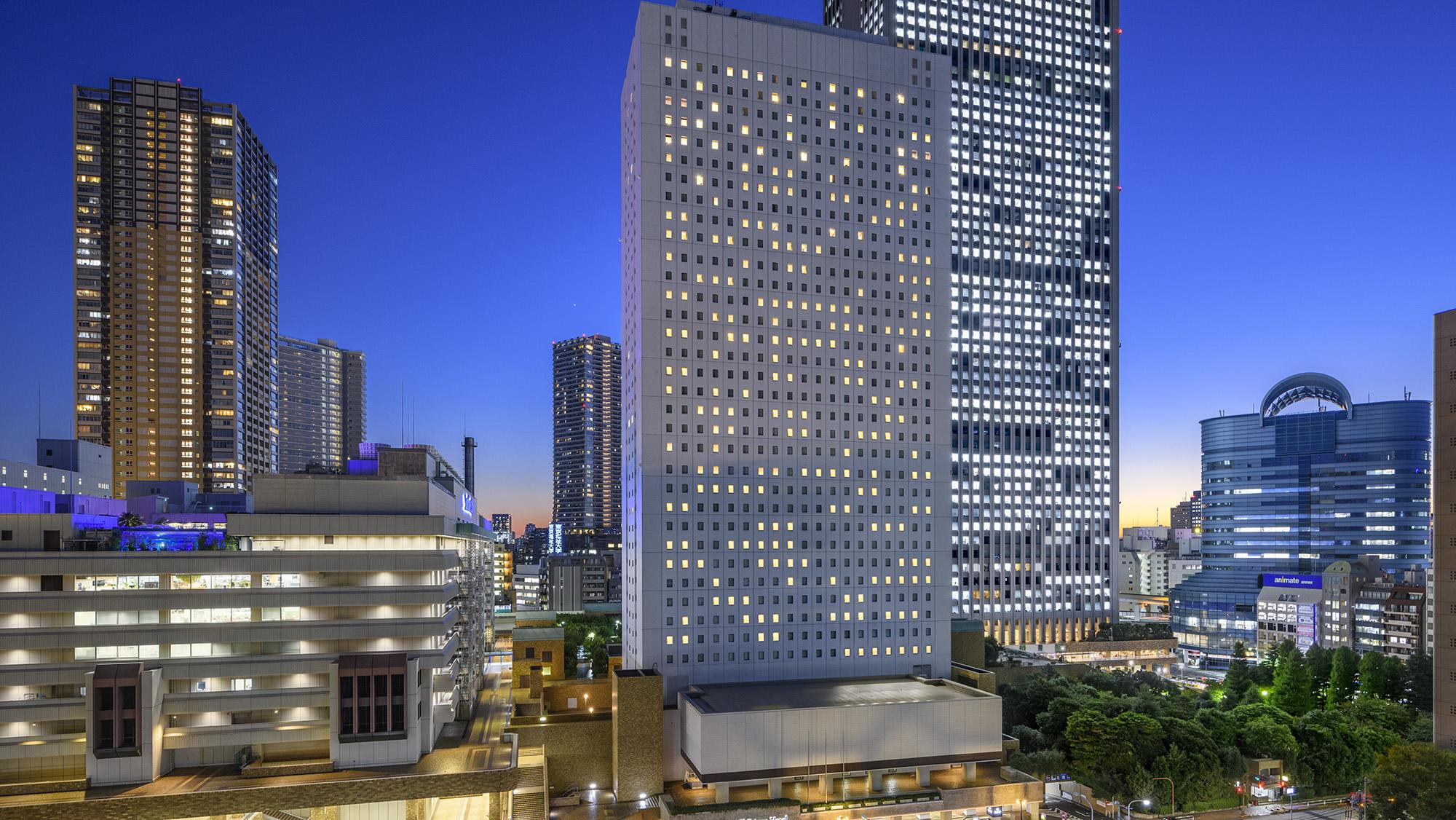
Convenient Tokyo Hotels with Airport Shuttle: Ideal for Families and Heavy Luggage
-

Stunning Tokyo Tower View Hotels: Enjoy Spectacular Scenery from Your Private Space
-

Convenient Asakusa Hotels with Kitchens: Ideal for Extended Family Visits
-

Experience Luxury: Hakone's 10 Best Five-Star Accommodations
-

Enjoy Mt. Fuji Autumn Leaves! Top Hotels Near the Popular Autumn Leaves Corridor
-

Experience Hakone Fall Foliage from Your Room with Stunning Views
-

Packing for a Family Trip? These DAISO Travel Gadgets Make It So Much Easier!
-

Loft Japan Announces Masks and Hay Fever Products for 2020
by: Cassandra Lord
-

These 3 Japanese Lifestyle Gadgets Are Must-Buys For 2021!
by: Kei Suzuki
-

Essential Tokyo: The Complete Guide to Ikebukuro Station
-

6 Stylish & Practical Japanese Desk Organizers from 3COINS You'll Want Right Now
-

JR Edition: Visit all of Tokyo in one Day with the Tokyo Metropolitan District Pass!
- #best ramen tokyo
- #what to buy in ameyoko
- #what to bring to japan
- #new years in tokyo
- #best izakaya shinjuku
- #things to do tokyo
- #japanese nail trends
- #what to do in odaiba
- #onsen tattoo friendly tokyo
- #daiso
- #best sushi ginza
- #japanese convenience store snacks
- #best yakiniku shibuya
- #japanese fashion culture
- #best japanese soft drinks













